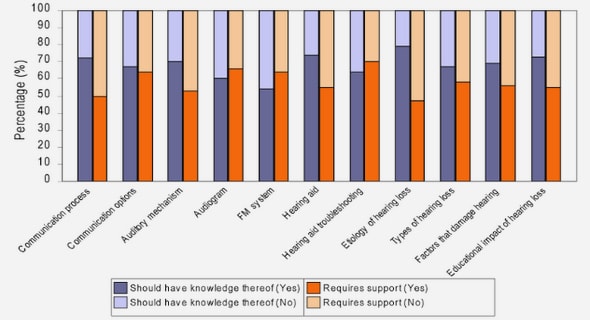(Downloads - 0)
For more info about our services contact : help@bestpfe.com
Table of contents
I. Introduction
1.1 A few words on current challenges in understanding species distributions
1.2 Facing the challenges: predicting and managing changes in species distributions
1.2.1 The heterogeneity of environmental variables as a spatial determinant of species distributions
1.2.2 Dispersal processes
1.3 Effects of evolution on spatial distributions
1.4 Effects of interactions on spatial distributions
1.5 Theoretical approaches to spatial ecology
1.5.1 Spatially implicit models
1.5.2 Spatially explicit models without evolution
1.5.3 Spatially explicit models with adaptation
1.6 Organization and general idea of this thesis
1.7 Work Summary
1.7.1 Evolutionary invasion speeds and invasion mechanisms
1.7.2 Effects of predation on evolutionary invasion speeds and species distributions
1.7.3 Pathogen-aided invasions and adaptation to pathogens
II. Evolutionary invasion speeds and invasion mechanisms
2.1 Introduction
2.2 Kirkpatrick and Barton’s model for a single species’ range evolution along a linear gradient
2.3 Explicit approximation of propagation speeds under various adaptation scenarios
2.4 Relating propagation speeds to adaptation regimes
2.5 Discussion
2.6 Appendices
2.6.1 Infinite adaptation case
2.6.2 Numerical schemes
III. Effects of predation on evolutionary invasion speeds and species distributions
3.1 Introduction
3.2 Effects of dispersal and adaptation potential on the evolution of species ranges in a predator-prey framework
3.2.1 Model presentation and main assumptions
3.2.2 Homogeneous equilibria and coexistence
3.2.3 Propagation fronts and intrinsic propagation speeds
3.2.4 Front classification and geographic distribution
3.3 Discussion
3.4 Appendices
3.4.1 Model derivation
3.4.2 Numerical schemes
3.4.3 Proof of expression (3.3)
IV. Retracting fronts in pathogen-aided invasions
4.1 Introduction
4.2 Model presentation
4.2.1 Eco-evolutionary dynamics in time and space
4.2.2 Ecological considerations and constraints
4.2.3 Evolutionary approximations ignoring spatial structure132
4.3 Adaptation in the spatial model
4.4 Results
4.4.1 First set of parameters
4.4.2 Second set of parameters
4.4.3 Summary of the results
4.5 Discussion
4.6 Appendix
4.6.1 Model derivation
4.6.2 What is an “adapted trait”?
V. Synthesis and Discussion
5.1 Understanding the effects of evolution through propagation speeds
5.2 Under what conditions can we make predictions about the species distributions?
5.3 Possible applications
5.4 What kind of extensions are possible?
5.5 Final thoughts and perspectives
BIBLIOGRAPHY




